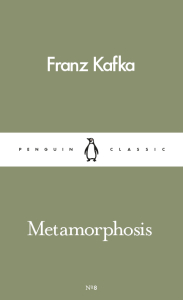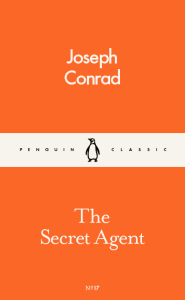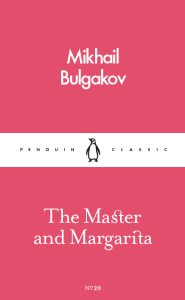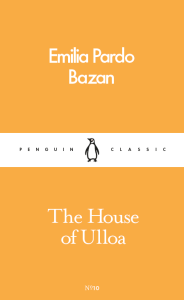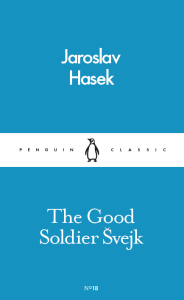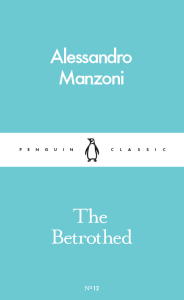“Notes on a Thesis” and “Mirror, Shoulder, Signal”
Reading translations is always a pleasure particularly for opening new worlds. The storyteller of course has a fabulous story to tell but for it to be conveyed in other language without robbing any of the beauty from the original depends upon the translator’s craftsmanship. In this fabulous interview literary translator Patricia Klobusiczky says:
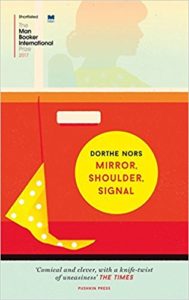 The many brilliant literary translators in the German-speaking world all have very
The many brilliant literary translators in the German-speaking world all have very 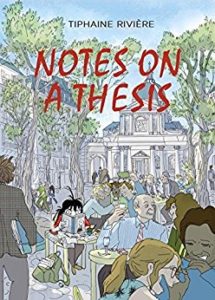 different personalities, but I think that what most of them share is a mix of meticulousness and faithfulness to the original and an anarchical craving for freedom. After all, your job is to push to the limit, sound out and — as the case may be — even expand the possibilities of the German language every day. So a combination of manic precision and unbridled playfulness is ideal.
different personalities, but I think that what most of them share is a mix of meticulousness and faithfulness to the original and an anarchical craving for freedom. After all, your job is to push to the limit, sound out and — as the case may be — even expand the possibilities of the German language every day. So a combination of manic precision and unbridled playfulness is ideal.
This “manic precision and unbridled playfulness” is exactly what shines through the two translated texts I read — Dorthe Nors’s Mirror, Shoulder, Signal ( translated by Misha Hoekstra) and Tiphaine Riviere’s Notes on a Thesis ( translated by Francesca Barrie).
Dorthe Nors’s Mirror, Shoulder, Signal is a hauntingly beautiful meditation on being a single woman, post-40 in Copenhagen. Sonja is a literary translator but is now dwelling on her future options. The title is borrowed from her driving instructor’s lessons. She is learning to drive herself around the city physically but it works metaphorically too. The story captures wonderfully the self-conscious teetering of Sonja between the person she has been used to or the person she wants to become.
“..sometimes,” whispers Sonja, “things really don’t work out. You see it all the time; how things don’t work out at all. People suddenly maimed, broken, dead, and then things really didn’t work out — or they did, they worked out terribly. Or that nothing you ever dreamed of comes to anything? The continents you wanted to explore turn out to be stripped of resources, drained adn desolate. Stuntedness as far as the eye can see, and you know perfectly well that you should make the journey back to where you came from. That you have to change course and scrape yourself together, but how do you fool yourself that it was better in the place you left? The place you came from no longer exists, and I think I’ve lost the right to imagine my future.”
Notes on a Thesis by Tiphaine Riviere is a graphic novel detailing the life of a young teacher who decides to enrol herself for a Ph. D thesis on Franz Kafka. It is a terrific account of how a perfectly balanced individual gets absorbed into her research to such a degree that she turns away from her family, friends and even her boyfriend using her work as an excuse. She is unable to pay many of her bills and relies upon her boyfriend till he too is fed up and calls it quits. She completes her thesis and defends her viva successfully much to the joy of her family. The fundamental question which remains is if her doctorate is relevant and effective. Will it get her a job? It is a terrific book and will resonate well with many!
Delighted that these two books have made it to shortlist of literary prizes. Readers discover books many times via prize shortlists and these two books deserve to be read worldwide. Mirror, Shoulder, Signal was shortlisted for the Man Booker International Prize 2017 and Notes on a Thesis has been shortlisted for the inaugural TA First Translation Prize launched by noted translator Daniel Hahn.
These books are worth reading!
Dorthe Nors’s Mirror, Shoulder, Signal ( translated from the Danish by Misha Hoekstra) Pushkin Press, London, 2017. Pb. pp. 186
Tiphaine Riviere’s Notes on a Thesis ( translated from French by Francesca Barrie) Jonathan Cape, an imprint of Vintage, London, 2016. Hb. pp. 180
31 January 2018

